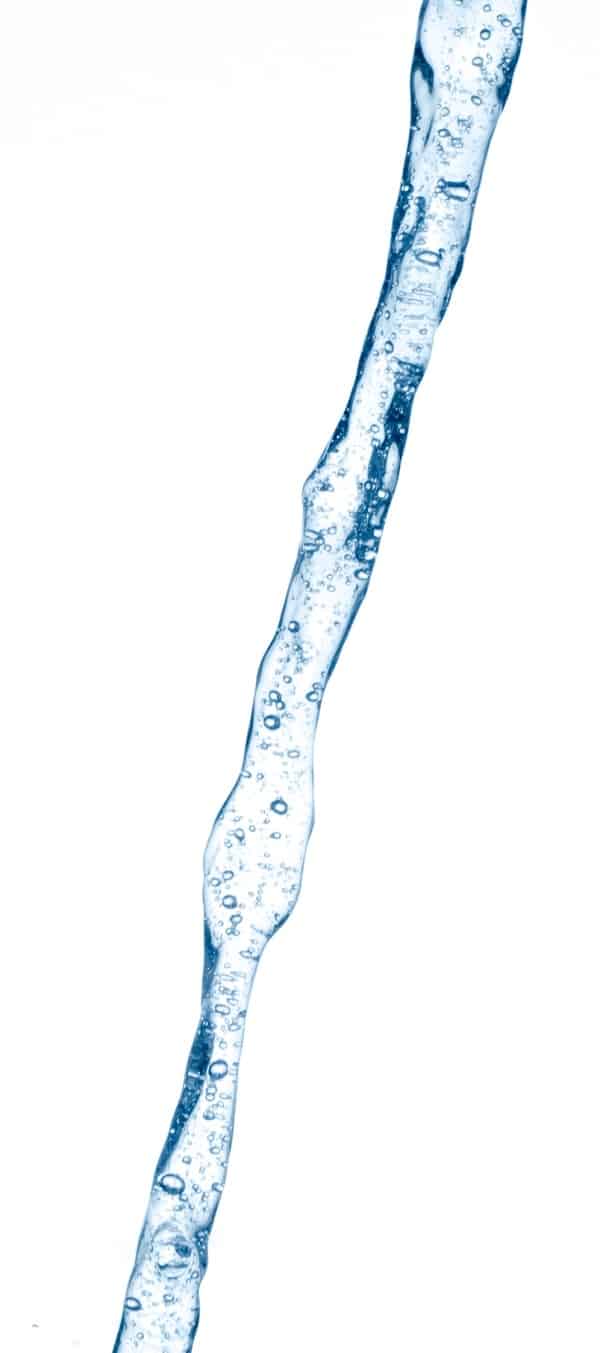Wound Irrigation: Methods, Equipment, and Techniques
What is wound irrigation?

Irrigation is an important aspect of wound cleansing and is necessary for managing both acute and chronic wound types. It is an essential component in the management of bioburden and biofilm. Cleansing with irrigation utilizes the application of fluid to remove exudate, slough, necrotic debris, bacterial contaminants, and dressing residue without adversely impacting cellular activity vital to the wound healing process. It should be performed at each dressing change, wound assessment, or debridement procedure.
What solution should be used for irrigation?
The provider will determine the most appropriate solution to use. Potable water or saline solution is commonly used, but they are not effective at addressing bioburden or wound debris. Irrigant solutions with non-cytotoxic and pH-balanced antimicrobials and surfactant agents have been found to be more effective at lifting bacteria and debris from the wound bed. The amount of irrigant solution used will depend on the size of the wound and the amount of cleansing and debris removal needed.
What are the different types of irrigation available?
There are several methods to deliver the irrigant, with the health care professional determining which one is best for the individual patient and wound. These may include a gentle stream of an irrigation solution, a PSI-appropriate trigger spray bottle, 30 to 35 cc syringe with an irrigation tip catheter, NPWTi-d, or pulsed lavage. These devices deliver a PSI that is safe for use in the wound bed, which is 8-15 for the wound bed or 4-6 for tunneled areas. Pulsed lavage devices may also provide pulsing action of the irrigant which produces recoil of the soft tissue which further assists in dislodging particulate matter and bioburden.
When should irrigation be used sparingly or not at all?
Caution should be taken when irrigating areas of undermining or tunneling, and should only be undertaken when there is a known endpoint to the area. If the fluid is instilled into a sinus, tunnel, or undermined area and cannot be removed from the area, stop irrigating and notify the healthcare provider. Avoid irrigating wounds that are actively bleeding. Irrigation of an actively bleeding wound may dislodge a clot.
What temperature should the irrigation solution be?

The temperature of the irrigating solution is also important. Irrigation solutions should be warmed to body temperature. This can be accomplished by placing the irrigant container in a basin of warm tap water prior to use or use of a fluid warmer. When wound temperature decreases by as little as 2° C, healing can slow or even cease. Keeping wounds warm impacts, the level of comfort for the individual with a wound during irrigation, and also assists in maintaining tissue oxygen tension which impacts collagen deposition and wound healing.
Irrigation is important to dislodging debris and biofilms in wounds. It can be carried out easily across the continuum of care, with provider direction on the appropriate solution and delivery model to be used. Wound irrigation is a key part of wound cleansing and management and important to wound healing.
To learn more about a surgical irrigation product, please visit:




